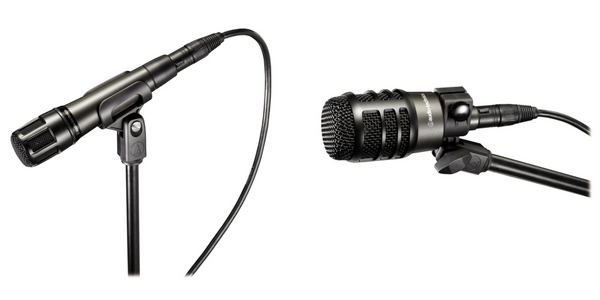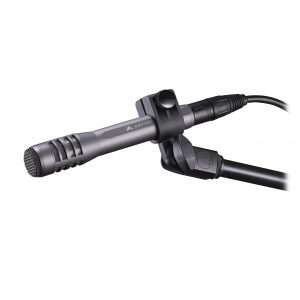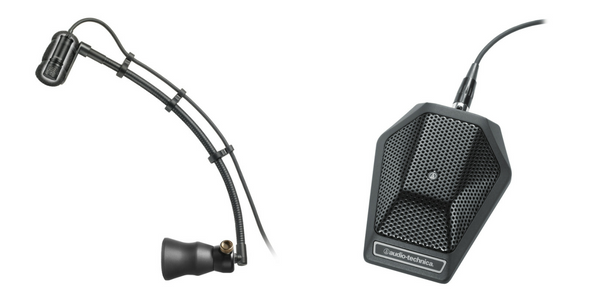Question: How do you mike musicians in a House of Worship? (Part 4, Piano & Organ)
Answer: Miking an acoustic piano or an organ in a house of worship is no different than miking these instruments in any other venue. The same considerations for room size, acoustics, style of music, number of instruments on stage and, of course, the always important budget must be made. This may sound like a crazy statement, especially from a microphone manufacturer, but there is no wrong way to mike an instrument “if that’s the sound you are after.” That being said, of upmost importance is what the performer wants his or her instrument to sound like. Even so, there are some tried and true methods that meet most applications.

First up is the organ. For the purpose of this discussion, think of three types of organs: a console type with built-in speaker, a pipe organ and an organ with an external Leslie speaker. You can treat the console organ much like you would a guitar amp. For information on miking a guitar amp please watch our video on the topic.
In a live application, there really is no reason to mike a pipe organ.
For a Leslie speaker you will find as many methods to mike as you will find front of house engineers. You will usually find the top rotors and the bottom miked separately. In a live application you may find it advantageous to use directional dynamic microphones to minimize picking up other instruments on the stage. For the horns on top, a single ATM650 placed at the top vent is a great choice. Some engineers will use two dynamic microphones, set 90 degrees to each other, one on the front of the speaker and one on the side. A microphone that you would use to mike a kick drum, such as an ATM250, is a great choice for miking the bottom of the cabinet. You will want to place the microphones close enough to the speakers to pick up the audio without picking up the mechanical noise of the rotors.

Next up is the acoustic piano. For this discussion, we will limit ourselves to the grand or baby grand piano. Again, there are many methods and many microphones that could get the job done. Of utmost concern when choosing a miking method is stage noise from other instruments. If the piano is the only instrument, then the open-stick position of the lid is probably the way to go. If there are other instruments, the half-stick position or even a closed lid may work well. One traditional way to mike a piano is with two boom stand-mounted microphones, one over the middle of the low strings and the other in the middle of the high strings. This works well for either full or half stick. An excellent choice of microphone for this application is the AE5100.

Another option is using our ATM350PL Cardioid Condenser Instrument Microphone with Piano Mounting System. This works well with full-stick, half-stick or closed applications. The strong magnetic piano mount with flexible 9" gooseneck, allows the microphone to be securely fastened to any metal portion of the piano and positioned to stay where you want it. For a closed-lid application, many find placing a boundary mic or pair of boundary mics, such as our U851R, on the soundboard or mounted on the underside of the lid works quite well. For all of the applications you will want to experiment with microphone placement to find the sound you are looking for.

If you have additional questions or would like a recommendation for an Audio-Technica microphone, feel free to contact the Audio-Technica Audio Solutions Department. We are always happy to help.
Read the next installment in this series: Part 5: How to Mike String Instruments in a House of Worship